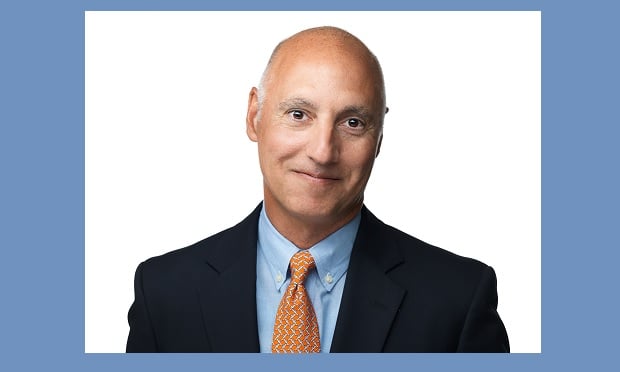With companies laying off employees by the millions, closing up facilities or going out of business altogether, fueling a soft commercial insurance market, these are challenging times indeed for workers' compensation carriers.
National Underwriter sat down with Douglas D. Dirks, president and chief executive officer at Employers Holdings Inc., based in Reno, Nev., during a recent visit to New York City, to discuss how to overcome these and other emerging problems facing the workers' comp industry.
NU: How do you view the state of the workers' comp market in terms of pricing and coverage?
Recommended For You
Want to continue reading?
Become a Free PropertyCasualty360 Digital Reader
Your access to unlimited PropertyCasualty360 content isn’t changing.
Once you are an ALM digital member, you’ll receive:
- Breaking insurance news and analysis, on-site and via our newsletters and custom alerts
- Weekly Insurance Speak podcast featuring exclusive interviews with industry leaders
- Educational webcasts, white papers, and ebooks from industry thought leaders
- Critical converage of the employee benefits and financial advisory markets on our other ALM sites, BenefitsPRO and ThinkAdvisor
Already have an account? Sign In Now
© Touchpoint Markets, All Rights Reserved. Request academic re-use from www.copyright.com. All other uses, submit a request to [email protected]. For more inforrmation visit Asset & Logo Licensing.







